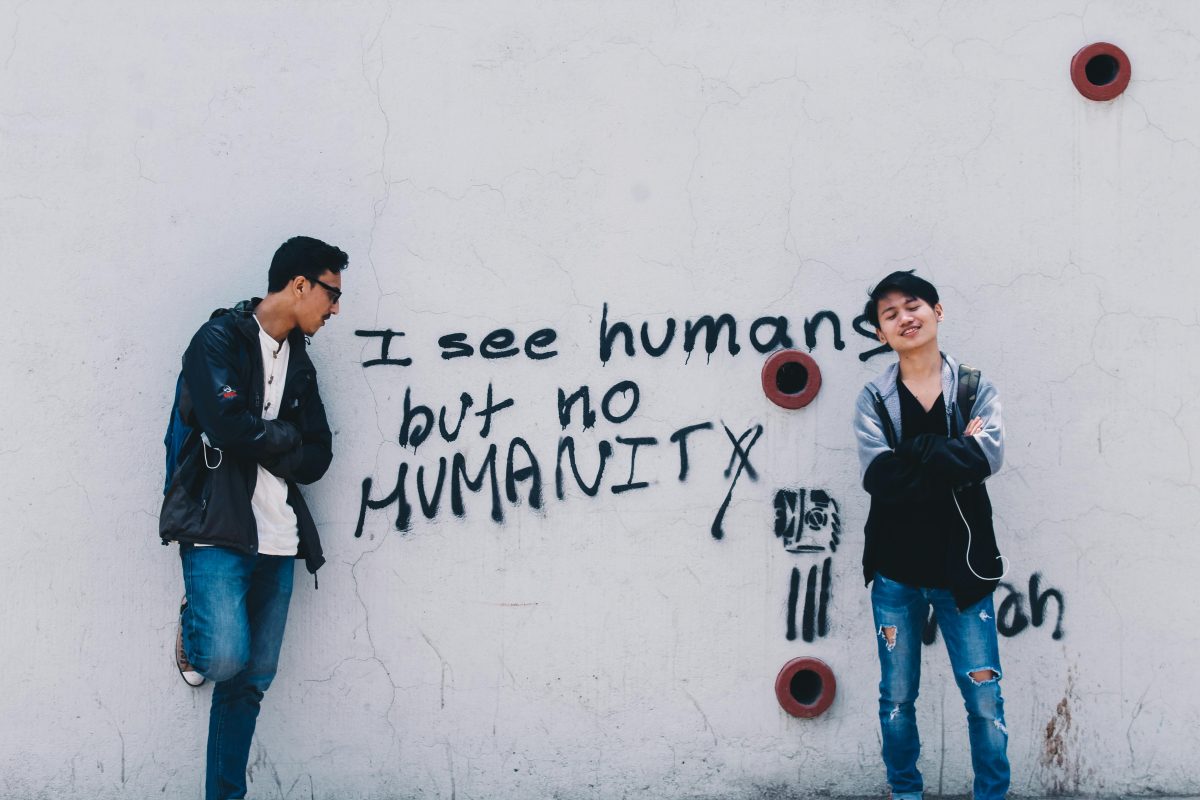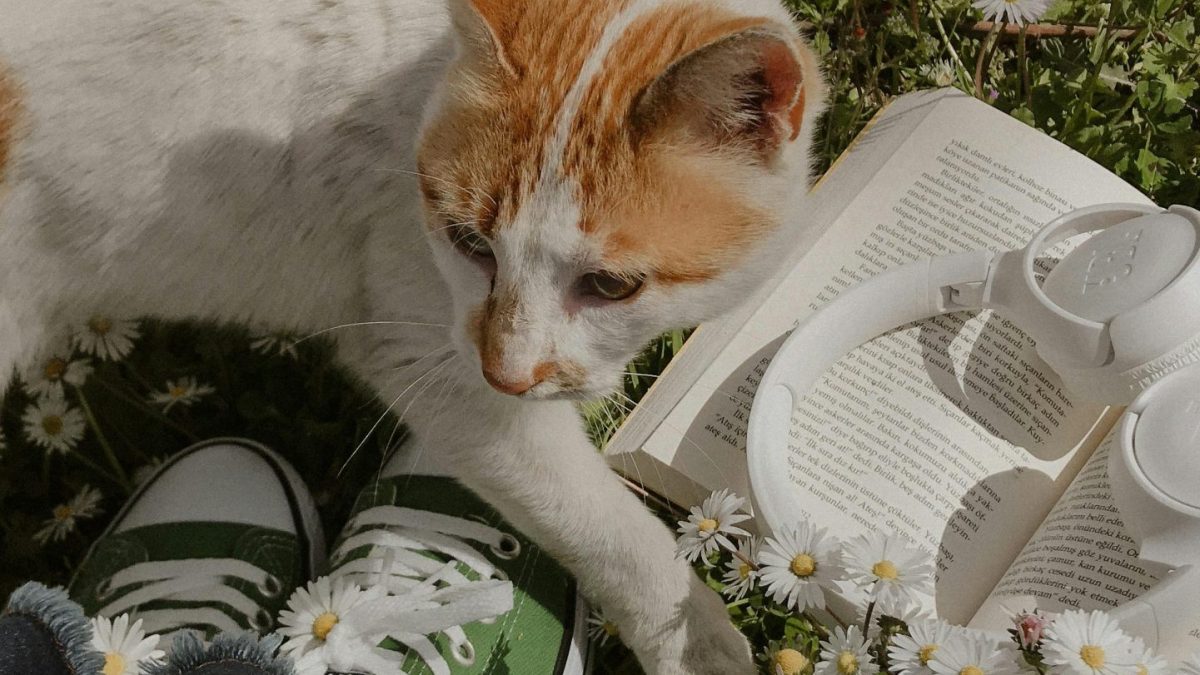Knowing Why the Conversation Is Important

It is not just vital, but also essential to have conversations about racism and inequality from a young age. Silence, which is frequently used as a shield, unintentionally molds children’s worldviews, making them incapable of identifying or confronting racial injustices. Early introduction of these discussions paves the way for inclusivity and empathy. This early exposure to diversity is a potent tool that helps to create a generation that recognizes and values the rich tapestry of human diversity. The goal is to build a society in the future where compassion and empathy are fundamental to who we are.
Getting Ready for the Talk

- Equip Yourself with Information: Comprehending historical and contemporary racial issues establishes a strong basis for these discussions. It’s important to understand the subtleties and complexity of these issues rather than focusing only on the facts.
- Select Language Appropriate for Your Age: The comprehension of intricate matters by children varies as they grow older. In addition to increasing the effectiveness of the discussion, adjusting your language to their comprehension level helps to keep them interested and from feeling overwhelmed.
- Ask Questions in Advance: Youngsters are frequently surprisingly perceptive and naturally curious. Being ready allows you to give responses that are not only accurate but also promote empathy and a deeper level of understanding.
These actions are about building the foundation for a future that is more inclusive and compassionate than just getting ready for a talk. We embark on this journey with our kids, which is equal parts teaching and learning.
Establishing a Secure and Transparent Setting

- Select the Appropriate Time and Location: A focused conversation can occur in a quiet, private setting that is devoid of outside distractions. It conveys to your child the importance and value of this conversation.
- Promote Openness and Inquiry: Remind your child that no topic is too hard to discuss and that all questions are welcome. This method encourages a culture of trust and inquiry.
- Listening Actively: It’s not enough to simply hear what they have to say; you also need to comprehend the feelings that underlie them. By acknowledging their emotions and posing open-ended inquiries, you demonstrate your appreciation for their viewpoint.
Recall that these are continuing discussions rather than one-time events. They present an opportunity to lay the groundwork for future discussions on difficult subjects by fostering an atmosphere of openness and trust. By doing these things, you are giving your kids the skills they need to navigate a complicated world with empathy and understanding—you’re not just talking to them about racism and inequality.
If you would like additional advice on how to handle these discussions, visit the The Australian Human Rights Commission provides information and guidance on raising awareness of racism and preventing it in children. Furthermore, examining resources from Reconciliation Australia can offer insightful information about the particular context of racial issues in Australia, promoting a more thorough and knowledgeable conversation.
Promoting Action and Empathy

Understanding and taking action against racism and inequality are rooted in empathy. Playing role-playing games and having conversations can be effective ways to teach empathy. Through these exercises, kids can put themselves in other people’s shoes and develop a deeper awareness of various viewpoints and difficulties.
It is essential to talk about how to oppose racism and promote equality in day-to-day interactions. Finding routine behaviors that support a more inclusive society is the goal. Little acts have a big impact, whether it’s choosing diverse media and books, objecting to racist jokes, or taking part in cultural events.
Being an ally is a commitment to action rather than just a title. Raising awareness of racism, paying attention to and elevating the voices of marginalized communities, and pushing for change both inside and outside of one’s own circles are a few examples of allyship. Using one’s privilege to uphold others and promote justice and equality is what it means to be an ally.
We model for our kids how to be proactive allies in their communities and teach them about equality and empathy through these conversations and deeds. It’s about establishing a society that respects and preserves each person’s dignity and constructing a future in which action and empathy go hand in hand.
Managing Challenging Questions and Circumstances

It takes a combination of openness, sensitivity, and honesty to answer difficult or unexpected questions. When a young person asks a difficult question, it’s a chance to discuss the matter and develop a deeper comprehension.
- Recognize that the question is complex to begin with.
- Use empathy and facts that are appropriate for the child’s age to lead the conversation and make sure they feel heard and supported.
It can be startling to see or experience racism firsthand. It’s critical to respond to these situations quickly and offer compassion and support. Talk to your child about the incident, emphasizing on:
- Their emotions and the unfairness of the circumstance.
- Reaffirming the importance of equality and respect and arguing that racism is a reflection of the ignorance and prejudice of the perpetrator rather than the value of the victim.
Understanding and change are based on continuous dialogue. Talking about racism and inequality on a regular basis guarantees that these subjects are not taboo but rather are a part of an ongoing educational process.
Recall that these conversations are about promoting inclusivity and celebrating diversity in addition to addressing the detrimental effects of racism and inequality. By having these discussions, we build the groundwork for a society that is just and compassionate and in which each and every person is respected and valued.
Sources and Additional Education

A vast amount of resources are needed to start this journey. Books like “Something Happened in Our Town” and websites like EmbraceRace provide parents and kids with age-appropriate content. They offer scenarios and anecdotes that illustrate the realities of racism and inequality, making them great springboards for conversation.
- Community-based organizations are essential.
- Communities come together and are educated through events organized by organizations such as Reconciliation Australia and the Australian Human Rights Commission.
- They promote a shared understanding and dedication to change through their engaging workshops, talks, and activities for both adults and children.
It may seem difficult to incorporate learning into daily life, but the key is to cherish the little things. Discussions about news articles, attending cultural events, and having a varied book collection can all lead to thought-provoking debates.
Recall that the intention is to motivate action as well as to merely inform. Urge your kids to be inquisitive, curious, and to speak out against injustice. By doing this, you enable them to imagine and create the world that they deserve, in addition to teaching them about the world as it is.
If you would like more advice, visit the The Australian Human Rights Commission and the Reconciliation Australia Websites are a priceless resource. With a plethora of content catered specifically to the Australian market, they guarantee resonance and relevance.
In Conclusion
The future is shaped by empathy. It serves as a guide for us as we navigate racism and inequality with our kids. We promote a greater comprehension and dedication to inclusivity via candid conversation and shared experiences. With the help of resources and community support, this journey enables us to foster a society that is more just and compassionate. Let’s teach our kids to value diversity, fight injustice, and create a world where everyone is respected.
How to Talk to Your Children About Racism and Inequality FAQs
Explain privilege as an unearned advantage that some people have over others, using simple and relatable examples. For instance, you might compare it to situations where someone gets something they didn’t work for or need, while others don’t get what they do need. Emphasize that recognizing privilege is a step towards understanding and addressing inequality.
Reflect on your own beliefs and behaviors, and be open to learning and changing. Expose your child to diverse cultures and perspectives through books, media, and experiences. Engage in conversations about race and racism, showing that it’s a topic you value and are willing to discuss and learn about.
Teach your child to be an ally by encouraging them to speak out against racist remarks or jokes and to support their peers who are targets of racism. Discuss the importance of listening to and learning from people who experience racism. Model allyship through your actions and involvement in community efforts against racism.
Explain systemic racism as rules or practices that may seem fair but actually give some people advantages and others disadvantages based on their race. Use examples relevant to their understanding, like how some schools have more resources than others. Highlight the importance of working towards a society where everyone has equal opportunities.
Answer honestly, using age-appropriate language, and admit when you don’t know the answer but will find out. Use difficult questions as opportunities to explore the topic together, showing that it’s okay to ask questions and seek understanding. Encourage critical thinking by discussing why people may have different perspectives on racism.
Start by asking your child what they know or have heard about racism and listen carefully to their response. This opens a safe space for dialogue and shows you value their perspective. Use their comments as a starting point to correct misconceptions and provide clear, age-appropriate information.
It’s appropriate to start discussing racism and inequality as early as preschool. Children notice differences and may experience or witness exclusion or prejudice early on. Tailor the conversation to be age-appropriate, focusing on fairness and kindness for younger children.
Address it immediately by calmly explaining why the statement is hurtful and incorrect. Use it as a teaching moment to discuss the impact of words and the importance of empathy towards others. Reinforce the value of treating everyone with respect, regardless of their race.
Utilize books, movies, and online resources designed to engage children in conversations about race and diversity. Look for materials that are age-appropriate and offer positive representations of different races and cultures. Organizations dedicated to social justice often provide resources and guides for parents and educators.
Listen to your child’s experiences without minimizing their feelings, and assure them it’s not their fault. Discuss possible responses they can have if it happens again, and involve school or other authorities if necessary to address the issue. Support them in building a strong sense of self and belonging to counteract the negative impact of racism.

